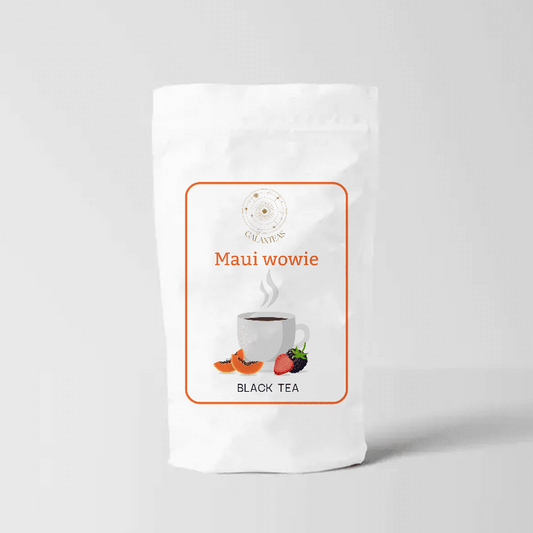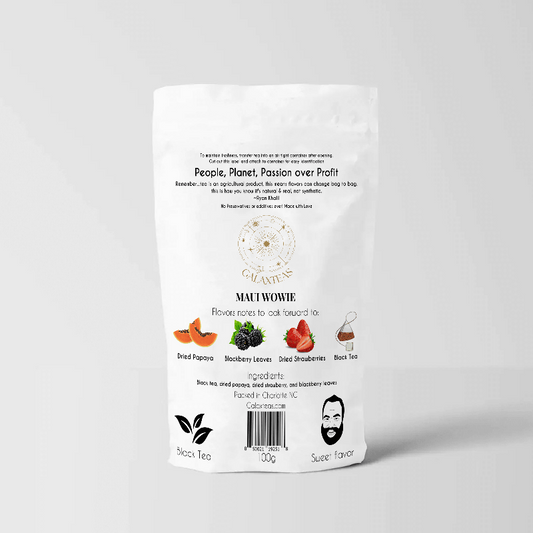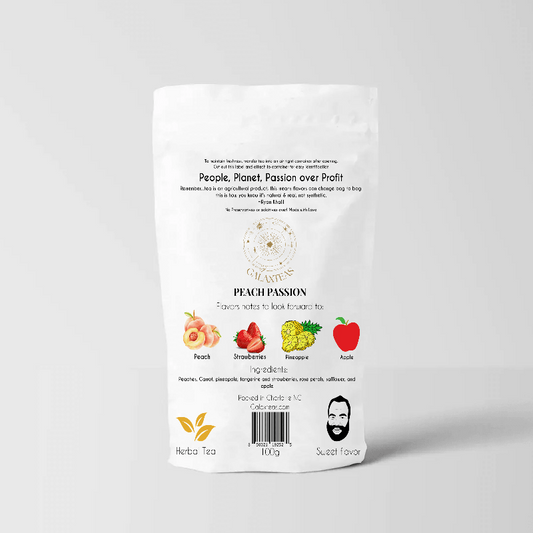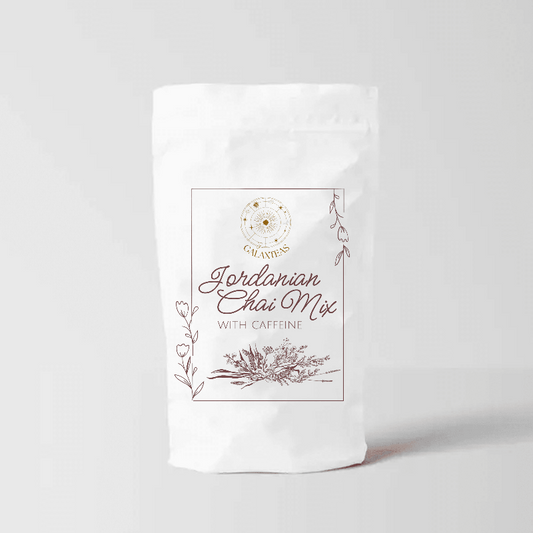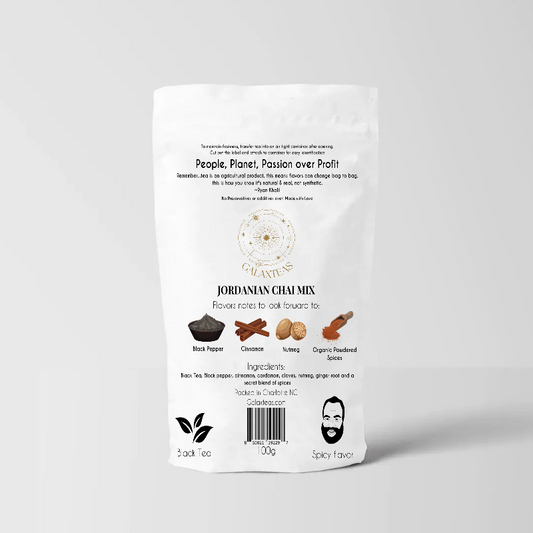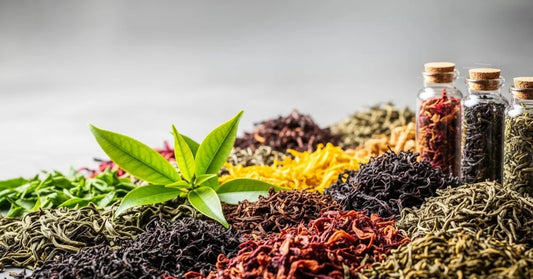7 Innovations in Tea Processing Changing Your Experience
Related Product
Subscribe
Table of Contents
Tea has been a cherished beverage for centuries, with roots stretching back to ancient China and India. While traditional tea-making methods still work, modern innovations in tea leaf processing are reshaping the whole tea industry. These are not just words. In fact, they truly are a game-changer for we grow, harvest, and enjoy tea today. Moreover, these advancements improve quality and flavor along with supporting sustainability and health-conscious consumption.
Let’s explore the latest innovations in tea processing, their benefits, and what they mean for farmers, producers, and tea lovers around the world.
Top 7 Tea Processing Methods that are Changing the World
Tea has always been a beloved beverage… but it’s so much more than that — a cultural ritual, a source of wellness, and now, a field of innovation. Technology has stepped in the tea industry and it’s making a revolution like never before. The latest tea processing innovations are affecting quality, sustainability, and flavor. Here are seven groundbreaking techniques transforming the global tea industry.
1. Smart Plucking with AI & Robotics
In traditional tea estates, hand-plucking ensures that only the tender bud and top leaves are harvested. This skill requires both experience and precision. However, with rising labor shortages and the need for large-scale efficiency, finding skilled people has been a little difficult. This is where AI-driven robotic pluckers come in and are transforming the process. They are equipped with advanced sensors and machine vision. Besides, they can also identify and selectively pluck leaves with minimal human intervention.
This innovation helps estates maintain consistent quality, increase yields, and reduce plant stress. By combining precision with scalability, smart plucking technology offers a sustainable solution for meeting global tea demand.
Did You Know?
Skilled pluckers are capable of plucking up to 70 – 80 kilograms of tea on a good day. And AI-integrated tools would surely increase this amount significantly.
2. Low-Temperature Vacuum Drying
Drying is a vital step in tea processing, as it determines the shelf life and the preservation of delicate flavors and nutrients. Traditional high-heat drying methods, while effective, can degrade essential oils and antioxidants. Low-temperature vacuum drying provides a breakthrough alternative. By removing moisture in a controlled, oxygen-reduced environment, this method preserves aroma compounds, natural sweetness, and bioactive nutrients like catechins.
The result of low-temperature vacuum drying is a tea that is more flavorful, nutrient-dense, and stable for longer storage. For health-conscious consumers and premium tea producers, vacuum drying represents a balance of modern science and artisanal quality in tea making.
3. Enzyme Control for Unique Flavors
You should know that oxidation is the defining process that distinguishes green tea, oolong, and black teas. Traditionally, it’s guided by environmental conditions and manual expertise. But the breakthrough enzyme management technologies now allow producers to precisely control oxidation levels. This precision creates teas with innovative flavor profiles, ranging from fruity oolongs to delicate floral black teas. All in all, this innovation in flavor profiles helps cater to adventurous tea drinkers. Beyond flavor, controlled enzyme activity enhances consistency and opens doors for specialty blends. It’s a fusion of science and tradition, redefining how consumers experience tea.
4. Sustainable Energy in Tea Factories
As sustainability becomes central to global industries, tea factories are adopting clean energy solutions to reduce environmental impact. Solar panels, hydropower, and biomass systems now power several major estates, particularly in tea-rich regions like India and Kenya. In some cases, factories operate entirely on renewable energy. This lowers carbon emissions while cutting operational costs. This shift also only strengthens eco-conscious brand positioning and appeals to consumers who value environmentally responsible products. Key Takeaway: Sustainable energy in tea production ensures both greener operations and a brighter future for the industry.
5. Freeze-Drying for Premium Instant Teas
People think that instant tea comes with convenience but at the expense of quality. However, modern freeze-drying techniques are changing perceptions. By quickly freezing and gently dehydrating tea under vacuum, producers can preserve delicate flavor compounds and health-boosting antioxidants. The result is instant tea that rivals loose-leaf quality. This means you can get both richness and wellness benefits in a convenient format. This innovation resonates with today’s busy consumers who demand both speed and authenticity.
Instant teas are not always of poor quality. In fact, if you search right, you are sure to find a good one. Whether you love matcha or black tea, there’s something in the market for everyone. All you need is to search correctly.
6. Blockchain for Transparency
Today’s tea drinkers want to know the story behind their cup: the origin of teas, whether they’re ethically sourced, and how they were processed. Blockchain technology is making this possible by creating tamper-proof records that trace tea from farm to shelf. With a simple scan, consumers can verify fair-trade certifications, pesticide-free farming, and sustainable practices. For producers, blockchain builds trust, strengthens brand reputation, and opens premium markets. This innovation is redefining transparency in the tea industry. After all, it empowers both farmers and consumers with information.
7. Microbial Fermentation for Probiotic Teas
Inspired by kombucha’s popularity, microbial fermentation of tea leaves is emerging as a new frontier in wellness beverages. Controlled use of beneficial bacteria and yeast transforms tea into a probiotic-rich product. And you should know that such kinds of teas support digestion and gut health – big time. Unlike traditional kombucha, these teas maintain the essence of classic varieties while adding functional health benefits. Producers are experimenting with green, oolong, and herbal bases to create exciting probiotic blends. This trend caters to health-conscious consumers seeking beverages that go beyond refreshment.
From AI-powered harvesting to probiotic fermentation, these innovations are reshaping how tea is grown, processed, and enjoyed worldwide. As technology meets tradition, tea lovers can look forward to richer flavors, healthier brews, and more sustainable practices across all tea types.
Why Innovations in Tea Leaf Processing Matter?
Tea production is a delicate art. From plucking fresh leaves to oxidation and drying, every step influences the final product. Yes, it’s true! These steps decide for the aroma, taste, and nutritional value of your tea cup. Here are some reasons why these innovations matter:
• Better flavor retention
Modern processing techniques are designed to protect the delicate aromas and essential oils naturally present in tea leaves. By minimizing exposure to excessive heat and oxidation, producers can preserve nuanced flavors that might otherwise be lost. This ensures tea drinkers experience the authentic taste intended by growers and artisans.
• Nutrient-rich teas
Tea is celebrated for its antioxidants, especially catechins and polyphenols, which promote heart health and overall wellness. Innovative processing methods maximize these beneficial compounds by using gentle drying, precise oxidation control, and vacuum technologies. As a result, modern teas deliver richer nutritional value.
• Sustainable farming practices
Sustainability in tea production is no longer optional… It’s essential. Innovative farming and processing reduce water consumption, lower energy use, and minimize chemical inputs. These eco-friendly practices protect the environment and also support soil health and biodiversity. This is helping create a resilient tea industry that can thrive for generations to come.
• Consistency
Delivering a consistent tea experience across harvests and batches is a long-standing challenge. Technology now ensures precise control over plucking, fermentation, and drying. By standardizing these steps, producers can maintain uniform quality without sacrificing flavor. This reliability builds consumer trust and strengthens the reputation of tea brands globally.
The Future of Tea Leaf Processing
The tea industry is entering an era where tradition blends with innovation. With growing consumer demand for wellness, sustainability, and premium experiences, producers are embracing advanced technologies to stay competitive. Future advancements will not only refine flavor and quality but also make tea production more transparent, efficient, and eco-friendly.
What to expect:
✓ AI-driven supply chain optimizations for better efficiency and reduced waste.
✓ Innovations in cold brew-ready leaves tailored for modern lifestyles.
✓ Collaboration between tea scientists and farmers to unlock new flavors and health benefits.
Innovations in Different Types of Tea
Instead of following a one-size-fits-all model, each tea type benefits from different breakthroughs that enhance quality, flavor, and sustainability. Here is just a quick overview of how technology is benefitting the processing of different types of teas:
- Green Tea: Low-temperature vacuum drying helps preserve delicate antioxidants like catechins, resulting in a fresher, nutrient-rich cup.
- Black Tea: Advanced enzyme control allows for precise oxidation, creating bolder flavors and even new floral or fruity profiles.
- Oolong Tea: Smart fermentation techniques give producers better control over partial oxidation, leading to more complex and consistent taste notes.
- Herbal and Specialty Teas: Freeze-drying ensures that herbs, flowers, and fruits retain their natural colors, aromas, and health benefits for premium blends.
-
Instant and Ready-to-Drink Teas: Freeze-drying and cold-brew innovations deliver convenience without sacrificing authenticity, making tea more appealing to modern, on-the-go consumers.
As innovations reshape how different teas are crafted, consumers gain access to richer flavors, enhanced health benefits, and more sustainable choices. Whether you prefer green, black, oolong, or herbal blends, modern processing ensures every cup offers something special. To explore these advancements firsthand, you can easily buy tea online from trusted sources worldwide.
What are the Challenges in Adopting New Tea Technologies?
While innovations promise better quality and sustainability, the road to adoption in the tea industry isn’t always smooth. Producers face multiple hurdles that slow progress, from financial barriers to knowledge gaps. Understanding these challenges is important for creating solutions that balance tradition, innovation, and long-term growth. Here are the setbacks people usually face:
• High Investment Costs
Implementing modern tea-processing technologies like AI pluckers, robotic systems, or vacuum dryers involves significant upfront expenses. Small and medium-sized tea estates usually operate on tight budgets. This makes these investments rather challenging. While long-term gains in efficiency and quality are substantial, the initial financial burden can delay adoption. This forces many producers to balance innovation with immediate operational sustainability.
• Training and Skill Development
Modern tea-processing equipment requires specialized skills to operate effectively. Farmers and factory workers must learn to use AI systems, robotic pluckers, and enzyme-controlled fermentation processes without compromising the artisanal knowledge that defines premium tea. Comprehensive training programs are essential to bridge this gap. This would ensure that technology enhances rather than replaces human expertise. Above all, this will help maintain traditional tea quality standards.
• Infrastructure Limitations
The adoption of advanced tea-processing methods depends heavily on reliable infrastructure. Regions with inconsistent electricity, poor internet connectivity, or limited access to modern facilities face significant barriers. Without proper infrastructure, high-tech machinery and AI systems cannot function optimally. As a result, it will limit innovation in tea estates and slow the global spread of cutting-edge, sustainable processing methods.
• Balancing Tradition with Innovation
Tea is deeply tied to cultural heritage and rituals. Therefore, the introduction of modern methods to it is a rather sensitive process. Producers must carefully integrate new technologies like enzyme management or vacuum drying while preserving traditional techniques that define flavor and quality. Achieving this balance ensures that innovation enhances rather than erases centuries of artisanal expertise.
Conclusion
The tea industry is at an exciting crossroads where tradition meets innovation. From AI-powered harvesting to blockchain traceability and health-focused fermentation, modern tea processing is all about efficiently delivering better taste, sustainability, and trust. If you’re a tea enthusiast, keeping an eye on these trends will enrich your appreciation of every sip. For producers, keeping up with these innovations ensures competitiveness in a rapidly evolving global market.

